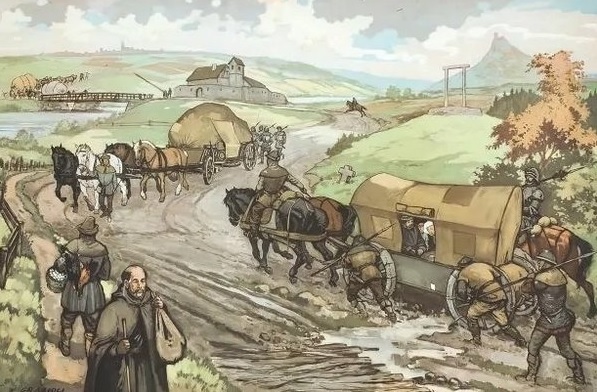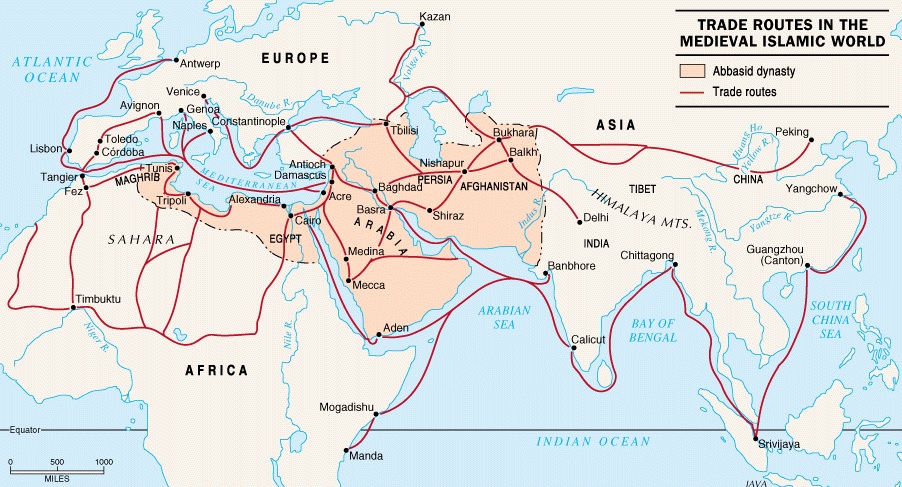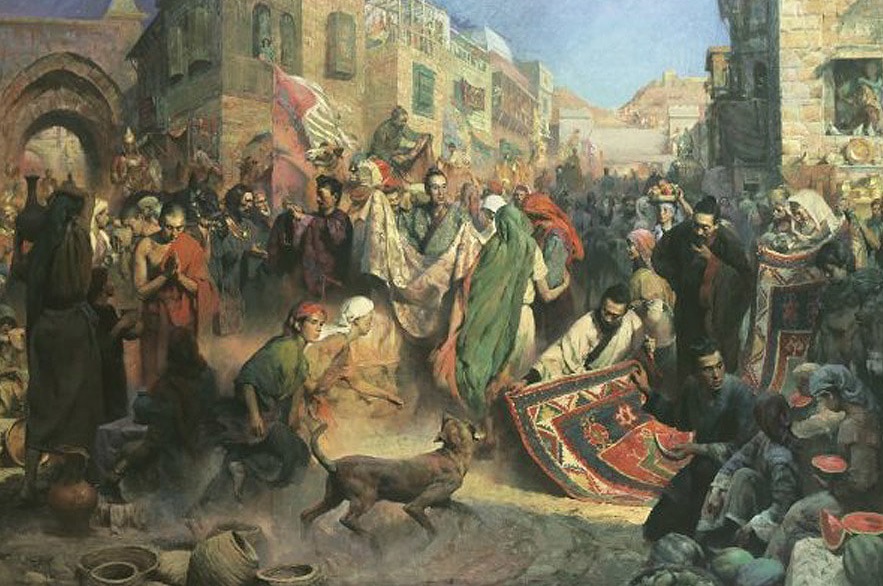Medieval merchants played a vital role in the economic and cultural exchange of the time period, transporting and selling a wide range of goods across Europe and beyond.
In this article, we will explore the various modes of transportation used by medieval merchants and the challenges they faced in their travels.
Land Transportation
- Horse-drawn carts: Horse-drawn carts were a common mode of transportation for medieval merchants, as they allowed for the transportation of large quantities of goods over relatively short distances. These carts were often owned by the merchants themselves, and were used to transport goods to and from markets and fairs.
- Pack animals: For longer journeys, merchants often relied on pack animals, such as horses, mules, and donkeys, to carry their goods. These animals could be loaded with large quantities of goods and could travel long distances without the need for frequent stops.
- Human carriers: In some cases, merchants used human carriers, such as porters or pack animals, to transport their goods. This was often a more economical option, but it was slower and less efficient than using horses or other animals.
- Caravans: For long-distance trade, merchants often traveled in caravans, which were groups of merchants and their animals traveling together for safety and protection. Caravans could include a variety of different modes of transportation, including horse-drawn carts, pack animals, and human carriers.

Sea Transportation
- Sailing ships: Medieval merchants also made use of sailing ships to move their goods across the Mediterranean Sea and the Atlantic Ocean. These ships were able to carry large quantities of goods and could travel relatively quickly, although they were vulnerable to storms and pirates.
- Barges: For shorter journeys or for the transportation of more bulky goods, merchants sometimes used barges, which were large, flat-bottomed boats that were towed by horses or other animals along rivers and canals.
Popular Trading Routes
During the medieval period, a number of popular trading routes emerged, linking Europe with other parts of the world and facilitating the exchange of goods and cultural ideas.

Some of the most important trading routes of the time include:
- Silk Road: This ancient network of trade routes stretched from China to the Mediterranean, passing through Central Asia and the Middle East. Merchants traveled along the Silk Road to exchange a wide variety of goods, including textiles, spices, and precious metals
- Mediterranean Sea: this was a major hub of trade in the medieval period, with merchants sailing between the ports of Europe, Africa, and the Middle East. They traded in a range of products, including textiles, spices, and luxury items.
- Hanseatic League: The Hanseatic League was a federation of merchants and cities that dominated trade in Northern Europe from the 13th to the 17th century. Members of the league engaged in trade of a variety of goods, such as timber, fish, and grain, as well as luxury items.
- Atlantic Ocean: During the medieval period, the Atlantic Ocean also became an important trade route, with merchants sailing between Europe, Africa, and the Americas. They traded in a diverse range of goods, including textiles, spices, and precious metals.
- Indian Ocean: another key trade route in the medieval period, connecting the East with the West. Merchants sailed between the ports of Africa, the Middle East, and South and Southeast Asia, exchanging a wide range of products, including spices, textiles, and precious metals.
- Trans-Saharan Trade Route: This trade route linked the Mediterranean with West Africa, and was an important source of gold and other valuable goods for medieval Europe. Merchants traveled across the Sahara Desert to trade in a variety of products, including gold, ivory, and slaves.
- Northern Sea Route: it stretched along the coast of the Arctic Ocean, and was used by medieval merchants to trade with the people of the far north, such as the Vikings. Merchants traded in a range of goods, including furs, ivory, and amber.
- Amber Road: a very popular trade route that stretched from the Baltic Sea to the Mediterranean, passing through Central and Eastern Europe. Merchants traveled along this route to trade in amber, a valuable commodity that was used in jewelry and other decorative items.
Related article: What did medieval merchants sell?
Challenges Faced by Traveling Merchants
Despite the many opportunities for trade in the medieval period, merchants faced a range of challenges in their work. Some of the most significant challenges included:
- Violence and theft: Traveling with valuable goods made merchants vulnerable to violence and theft. Bandits and pirates were a constant threat on land and sea, and merchants had to take measures to protect themselves and their goods.
- Political instability: Merchants also had to navigate shifting political landscapes and changing laws and regulations, which could make trade difficult or even impossible in certain areas. They had to be adaptable and able to find new routes and markets when faced with these challenges.
- Competition: The medieval market was competitive, and merchants had to find ways to differentiate their products and make them more attractive to buyers. They also had to be savvy negotiators in order to get the best prices for their goods.

- Transportation costs: Transportation was a major challenge for merchants in the medieval period, as it was expensive and time-consuming to transport goods over long distances. Merchants had to carefully calculate the cost of transportation in order to make a profit on their sales.
- Health risks: Traveling to distant lands also carried with it the risk of illness and disease. Merchants had to take precautions to protect their own health and that of their goods, as the loss of a merchant or a shipment could be devastating to their business.
Conclusion
Medieval merchants were an essential part of the economic and cultural exchange of the time period. They traveled far and wide to sell a variety of goods, using land and sea to move from place to place.
However, their work was not without its challenges. They had to deal with violence, political instability, competition, and high transportation costs, as well as the risk of illness.
